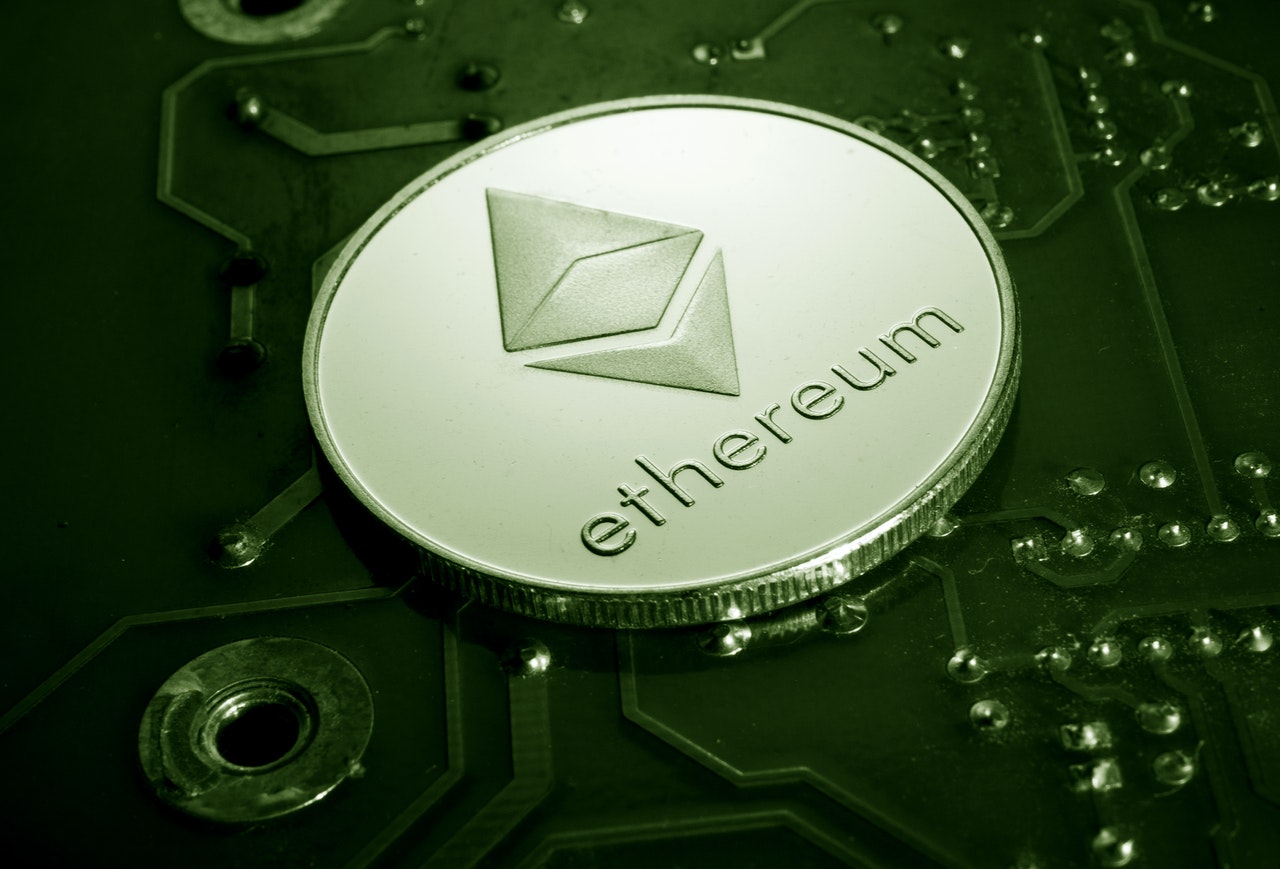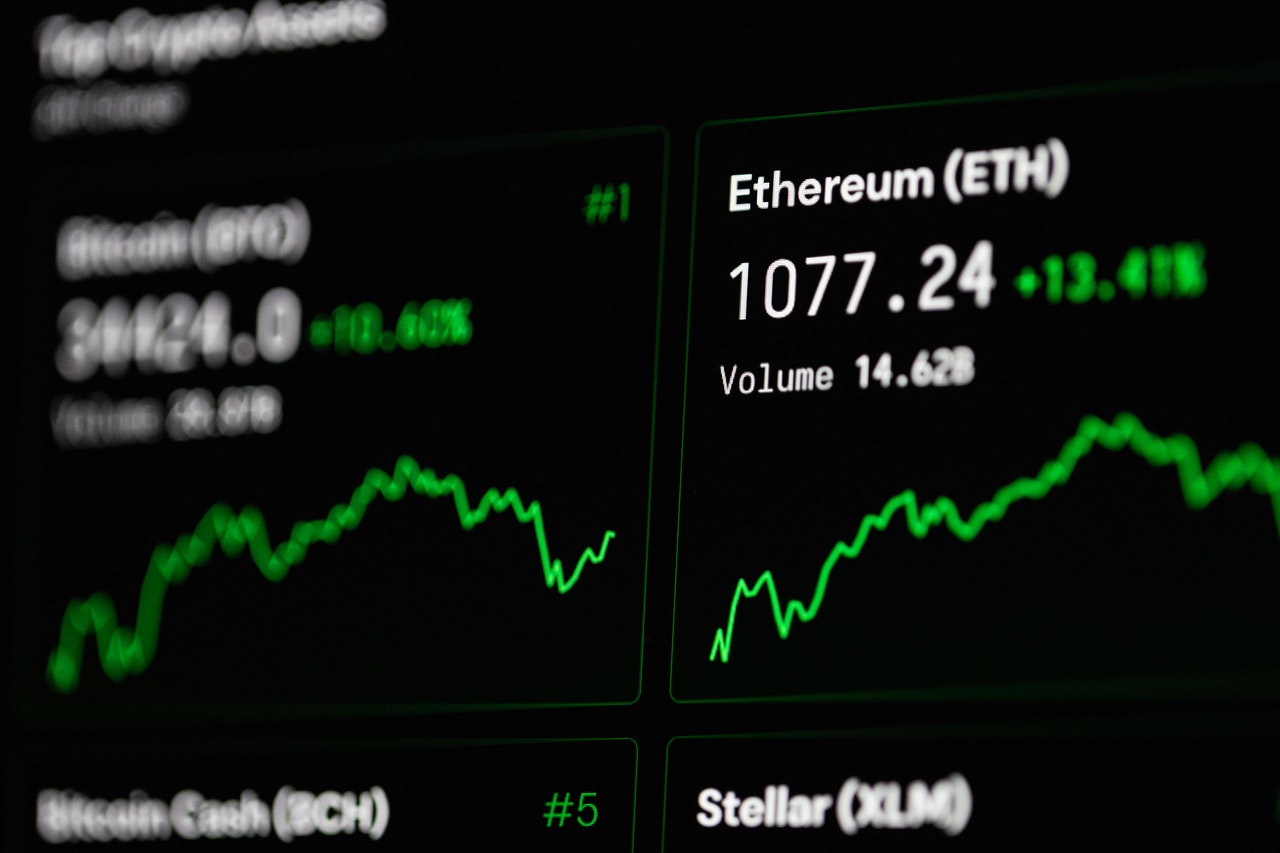The highly anticipated Ethereum 2.0 has been delayed, with devs continuing to work on the update predicting finalization in June. The Ethereum 2.0 upgrade is the next step in the evolution of the crypto space, enabling the creation of DAOs, smart contracts, and other features. Because of the excellence of testing, it was widely assumed that the Ethereum merge date would be in the middle of 2022. Regrettably, the newest roadblock isn’t startling, considering that Ethereum’s Proof-of-Stake date has been repeatedly postponed since its inception. With the Ethereum merge delayed, there might be even more distrust in the platform now.

Nonetheless, all indications point to the Ethereum mainnet combining with the Beacon Chain to form a Proof-of-Stake network this year. For real ones such as scalability and security, Proof-of-Stake networks will likely be the future for Ethereum.
ETH programmer Tim Beiko informed people of the timeframe on Twitter, claiming that the main developers are in the home stretch with regards to the Ethereum merge date.
“It won’t be in June, but rather in the months following.” We don’t have a firm date yet, but we’re definitely nearing the end of the PoW era on Ethereum.”
Upon recognizing that his remarks sparked debate among Ethereum supporters and detractors alike concerning the Ethereum Proof-of-Stake date, Beiko added the next day that it can be difficult to discern the advancement of the integration when a person isn’t deep in the methodology.
He even released a blog article with a more detailed explanation to give more context. In it, he explains that a firm date won’t be set, as per the developer, till the client team members are sure of the program’s execution’s capacity to function through rigorous checks and validation.
The test runs of public testnets like Kiln, as well as the successful launch of shadow forks, which allow programmers to create various merge and PoS-oriented implementations on the system, are crucial to such penultimate stages.
Another significant element is the difficulty bomb, which is an automated rise in mining complexity intended to cause a lower rate of PoW mining, making it less appealing. According to Beiko, the difficulty bomb will be visible on Ethereum in May and will create blocks insufferably slow by August. He added that if customer devs don’t believe it, they can dispatch the merge to mainnet prior to block times becoming too slow, he claimed, further adding that it will have to be postponed once more.
Beiko proposed two methods for delaying the difficulty bomb in order to introduce the merge revamp ahead of time, the first of which was to combine a bomb delay with merge customer discharges to defer the bomb at a certain particular block, preserving 13s block times, and afterward initiating The Merge.
Second, just before the merge, detach the bomb delay via a firmware update that only really stalls the difficulty bomb.
He informed the public that unlike earlier Ethereum renovations, the merge won’t be sparked by a block time. It will rather be prompted by a complete difficulty valuation. Provided that these are more difficult to predict than block times, the period between selecting an Ethereum merge date and debuting on the network could be relatively shorter than in previous Ethereum updates.”
Previously this week, Parithosh Jayanthi posited that there remains a lot of experimentation to be done after noting that assessing three shadow forks caused bugs ranging from sync script to request buffering being discovered. Specifically, he said there are issues to work out when it comes to testing and that this is still an ongoing process. The Ethereum developer also noted that good progress has been made in terms of code improvements but more can be done.
Based on the victorious implementation of The Merge and the switch to a PoS consensus protocol, the concluding milestone on the ETH blueprint, erstwhile recognized as ETH2, is the sharded chains update, which is scheduled to launch in early 2023. Even so, till then, the system will rely on layer-2 connections such as Polygon and Optimism to control scalability and high large trade rates.
Ether price underwent a substantial increase in value in the last month on exchange sites such as https://redot.com/ , rising 20.5 percent to $3,126. The Ether Price might have gone even higher with the release of ETH 2.0 in June.
Everything To Know About The Merge
ETH 2.0 is the most recent incarnation of Ethereum, and it’ll be a massive improvement for the framework. The objective is to transition from a PoW consensus protocol to a PoS consensus protocol, as it shall improve energy efficiency and speed up the infrastructure.
ETH 2.0 is a scaling remedy that will permit Ethereum to be far more potent than it is now. At the moment, the Ethereum network can only carry 15 transactions per second, which is far too slow for corporate usage.
It is anticipated to be a full-fledged innovation that brings new network features and functions, such as sharding. ETH 2 will be released in three stages:
Phase 0 consists of the beacon chain. This is the central chain that ensures the network’s shards remain in sync. It accomplishes this through the use of validators.
The first phase is the shard chains. Shard chains will be used to run Ethereum’s data and transfers. These are PoS blockchains that rely on auditors to validate exchanges, generate blocks, and interact with the beacon chain. ETH 2 is planned to start with 64 shards. They wouldn’t be propping up smart contracts or accounts during this time.

Phase 1.5 is when the legacy Ethereum chain is transformed into a shard on the new Ethereum network. Throughout this process, the network will become a PoS system and will be linked to the primary Ethereum 2 chain.
Phase 2: all shards are completely operational. The year is 2022. The shard chains will be completely intact and capable of communicating with one another as well as running smart contracts.
Putting more coins increases the likelihood that all users will verify money transfers and receive further coins or incentives. Per the news stories, the Ethereum merge totally eradicates mining.
The merger was a postponed project, so several investors were skeptical of the merger’s certitude. Crypto adopters continued to buy hardware to mine Ethereum caused of an absence of awareness.
Mining machines are costly. Miners require “Desktops, GPUs, and other hardware are required to construct an Ether mining rig. Miners spend a lot of money on appliances as investments far ahead into the future, hoping for a steady paycheck.”
Despite the merger having some risks, it’s currently taking place.